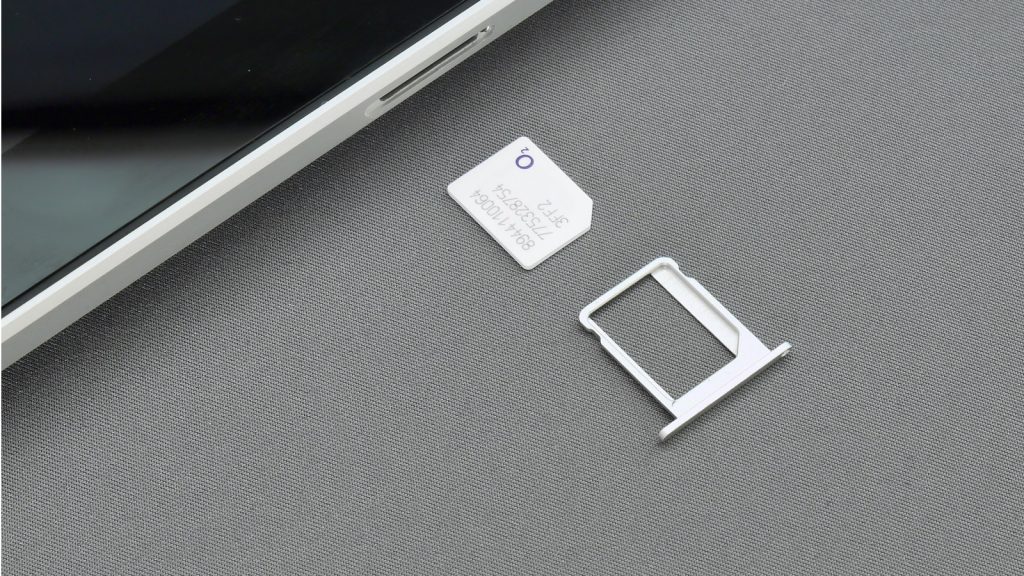OpenAI has launched GPT 5.2, a major model upgrade now available in both the API and ChatGPT. It is described as the company’s most…
To use eSim or stick to our Sim card, which is better?

Here are reasons an eSIM will most likely be the better option than your normal physical sim card.
Have you heard about it?
An eSim is a virtual sim card with your personal details embedded on a small electronic chip that is on your phone or tablet.
In 2016 the Samsung Gear S2 classic 3G smartwatch brought in the idea to implement an eSim.
Apple followed suit and introduced eSIM support in September 2017 with the Apple watch series.
This was followed by a set of iPhone series models the iPhone XS, iPhone XS Max and iPhone XR in 2018.
To date, Apple launched the iPhone 14, 14 Plus and 14 Pro which do not have a sim card tray.
This has shifted the markets into accommodating the innovation to provide devices which cater for both SIM cards and eSIM support.
The virtual sim card allows users to easily change between networks.
No you cannot top up from any carrier with the eSIM but the eSIM does allow users to easily switch service provers seamlessly with just a phone call.
The days of fiddling around with a needle-like device
The good news is you can store up to five eSIM profiles on a device for those international travels.
This works in the user’s favor as users can switch networks in order to migrate to a better signal network.
If you read: Everything you need to know about eSIMs in South Africa you find that an eSIM profile can easily be deactivated when a phone is lost or stolen, only to be reactivated on to a new phone.
To activate your eSim:
iPhone:
Go to settings and select the cellular option, select the add cellular plan and toggle to scan an activation code.
Select and confirm your cell plan and you should be done.
For Android users:
Go to Settings, connections, tap sim card manager and then toggle to scan for a QR code.
Contact your service provider for any issues.
Vodacom, MTN and Telkom will most likely have the feature, but some network operators may require you to head over to the branch to get the eSIM activated.
Most device manufacturers will most likely move towards the eSIM as more advanced tech savvy devices hit the market.
If you’re asking is which is better between eSIM and sim cards?
A question you should be asking is when you’ll be migrating to the eSIM as it’s only a matter of time before devices force users to migrate to the eSIM era.
Also read: e-Bolt on the right track with ride now pay later feature

